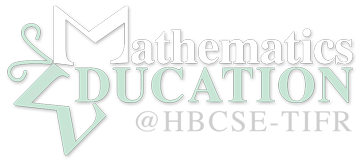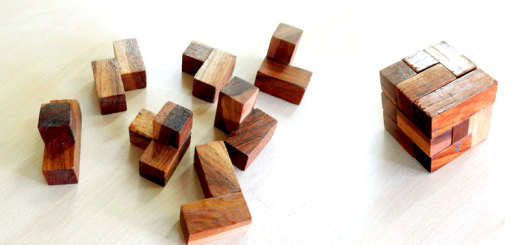Astrolabe
Material Required: Chart paper, pen, divider, piece of string, a small heavy object to be tied as a bob to the string, hollow tube made of paper or curtain rod about 10 inches long.
An astrolabe is an instrument used commonly in ancient and medieval astronomy to find the angular distances of stars and planets. It can also be used to find the angle of elevation of mountains, trees, buildings or other tall objects.
You can make an astrolabe from a chart paper cut into a semi- circle of about 5 inch radius. A divider or a pair of scissors can be used to cut the chart paper in the form of a semi-circle. Mark the angles from 00 to 1800 on the semi-circle similar to the markings on a protractor. Roll a rectangular piece of chart paper into a hollow tube and stick it with cello tape to prevent it from unrolling. Attach the paper-tube, or if it is available a hollow curtain rod, along the diameter of the semi- circle. From the centre of the circle (which is also the centre of the hollow tube) suspend a plumb-line (bob tied to the string) as in the figure.
To find the angle of elevation of a tall object, look through the tube at the top of the object. The angle made by the plumb-line with the 900 line on the semi-circle is the angle of elevation of the object. If this angle is , then the height of the object above eye-level can be obtained by multiplying the distance of the object by tan α.


